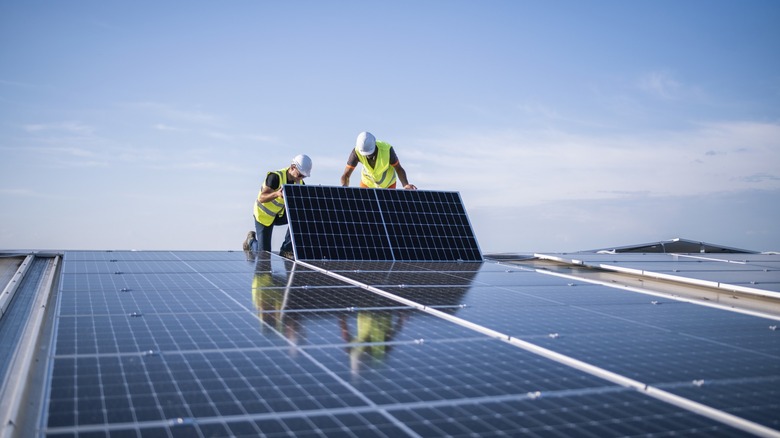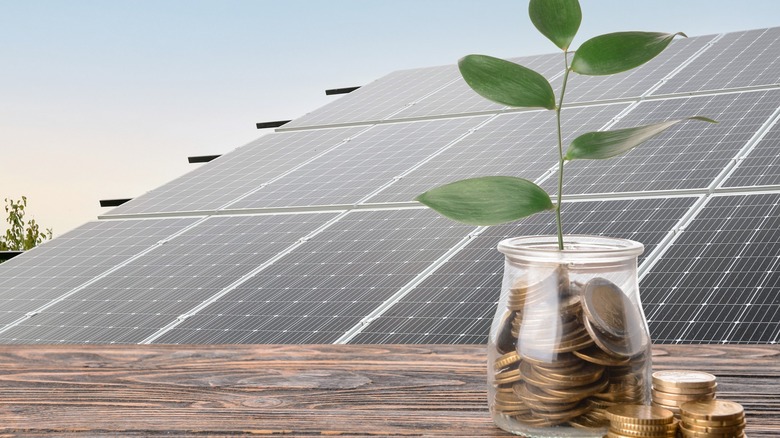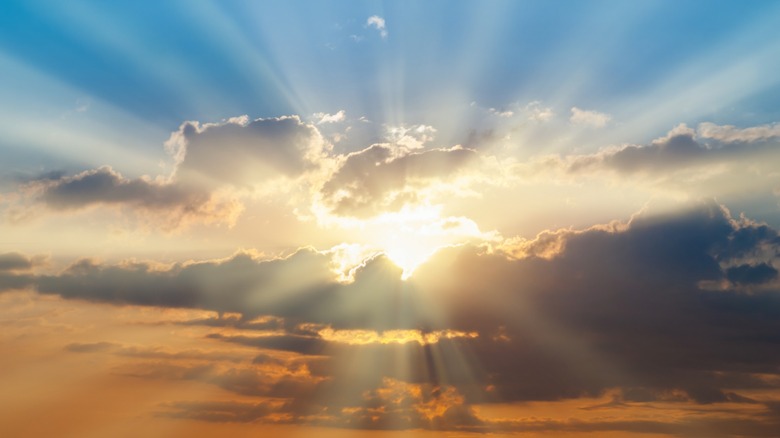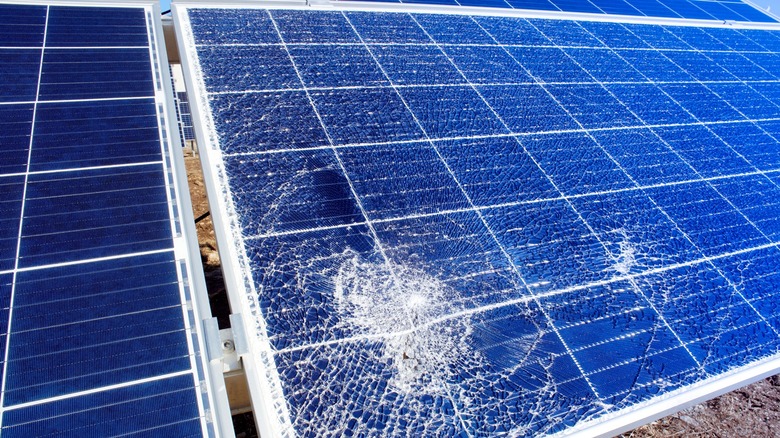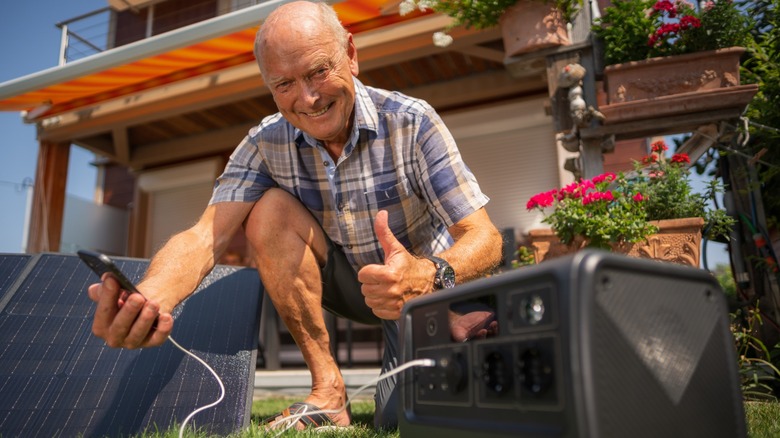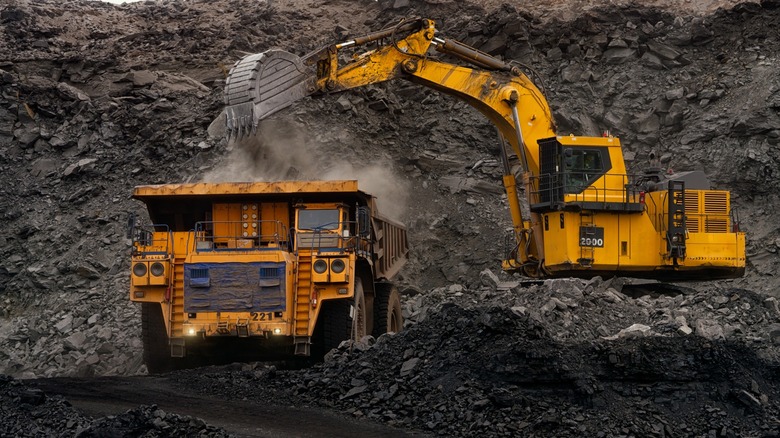5 Common Myths About Solar Panels: And The Facts Behind Them
The equipment required for a solar power system varies slightly depending on whether it's off-grid or grid-tied. However, both types start with solar panels. Solar panels contain multiple photovoltaic (PV) cells, also known as solar cells, that use the sun's energy to excite electrons and create streams of electricity. With strength-in-numbers, each PV cell chips in to create useable levels of electrical current.
In off-grid systems, the electrical current generated by the solar array, or the collection of solar panels, feeds power into a solar charge controller. Solar charge controllers limit the flow of electricity from the solar panels to the batteries to keep them charged but prevent overcharging.
The final component is an inverter. Inverters take DC electricity – directly from the solar panels in grid-tied systems or the off-grid system's batteries – and inverts it to AC to power our home's electrical needs. Off-grid and grid-tied systems with battery back-up often use an inverter with built-in charging capability (inverter/charger) to allow battery charging from grid or generator power as needed.
In addition to these major components, the installation requires wires, cables, switches, breakers, fuses, and more to safely connect them. Local building codes often require specific installation procedures, equipment, and certified technicians. With the various requirements, equipment needs, and goals for each solar power system, the myths surrounding solar come as no surprise.
Solar power is too expensive
Yes, installing a solar power system capable of producing enough power to satisfy your home's needs can be expensive, often ranging from $15,000 to $30,000. However, you could reduce costs by taking advantage of tax incentives and selling excess electricity back to the power company with a grid-tied system. Off-grid power systems often avoid the expense of running power lines to remote properties and electric bills altogether.
According to MarketWatch, a typical six-kilowatt (kW) solar power system will cost the homeowner around $17,100. Federal income tax incentives could cut that to $11,970. It's crucial to remember that the tax incentive only saves you money on your income taxes. It is not a reimbursement and doesn't save on upfront costs.
That 6kW system could generate an average of 9,000 kW-hours (kWh) per year. That power offsets the electricity used in the home, with any excess often purchased (at a reduced rate) by the power company, resulting in an estimated $1,432 annual savings based on moderate electrical usage.
In this average case, the $17,100 6kW solar power system pays for itself in about eight years, leaving 17 years of the system's expected 25-year lifespan to save you money. However, installation costs, electricity prices, and the amount of solar-generated electricity depend on your location.
Solar panels stop working when it's cloudy
Solar panels still work under cloudy skies, although they don't perform at their best with cloud-diffused sunlight. Under optimal conditions, a 6kW solar array should produce 6,000 watts of DC electricity. Optimal conditions require full sunlight striking each clean solar panel at 90 degrees without obstructions. Several factors affect optimal conditions, such as the Earth spinning on its axis, the trajectory of Earth's orbit around the sun, dirty solar panels, and other factors.
While heavy cloud cover could restrict solar panel production entirely (the reason grid-tied or battery systems are popular), cloudy skies usually only reduce output by some amount. Thin or random cloud cover could cut power generation by 10 to 25 percent, while thick rain clouds could cut production by up to 80 or 90 percent until they pass. Reputable solar power designers consider factors such as your area's average sunny days when developing a plan to fit your solar power needs.
Solar panels get ruined in the first hail storm
Most high-quality solar panels survive hail events of up to 1.5-inch hailstones without damage. However, if you live in an area with significant hail risks, it's prudent to take steps to prevent hail damage whenever possible.
The National Oceanic and Atmospheric Administration (NOAA) and National Weather Service tracked the number of days with significant hail events nationwide from 2003 to 2012 and found that most areas east of the Rocky Mountains were at risk. However, the plains states have the highest probability of hail over one inch in diameter.
Factors to consider for hail damage mitigation include using solar panels with solid frames and thick tempered glass certified by an advanced stress test, such as the Renewable Energy Test Center (RETC) Hail Durability Test. The angle of the solar panel should be as vertical as possible or mounted to an automated system capable of adjusting the angle during severe weather.
You can't use solar panels because you rent
Your ability to harvest solar power while renting depends on the property owner's agreement or your ability to improvise. The owner of the house you're renting may want to add solar power to their property to take advantage of the tax credit and reduce the home's carbon footprint. However, the project will surely increase the rent price to cover the cost. Your reduced electric cost may or may not offset the rent increase.
Apartment and other housing development dwellers could take advantage of Community Solar Programs. These programs furnish electricity to subscribers at a lower cost without the upfront investment.
Another option is a solar-powered power station. These devices use portable solar panels that require no permanent mounting. Simply plug the panels into the power station and set them in the sunshine. Once charged, most power stations can power your television, charge your electronic devices, and allow the use of fans and lamps without plugging into grid power. Larger portable power stations could provide enough power for a small backyard workshop, playhouse, or private retreat.
Solar panels provide green energy that's perfect for everyone
While solar energy reduces greenhouse gas emissions and lowers a home's carbon footprint, it's not suitable for everyone or every situation. As we've already discovered, solar power systems require significant up-front investment and associated maintenance costs, direct sunlight for peak performance, and batteries to store energy if your goal is protection from power outages.
If you decide to sell your home before the projected payback from energy cost savings, you may only receive a partial return on your investment. While solar power systems can increase your home's value, it's not a dollar-for-dollar increase. It may also be too expensive to make moving your system to a new location worthwhile.
Solar power's green energy status also needs some clarification. We should note that manufacturing solar panels harms the environment less than coal-fired power plants. However, the materials used to manufacture solar panels (and batteries) are limited worldwide and require natural resources.
